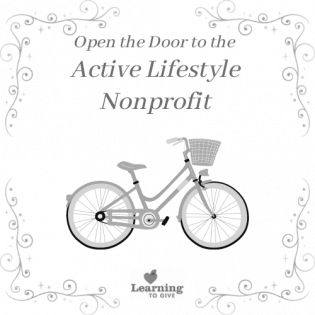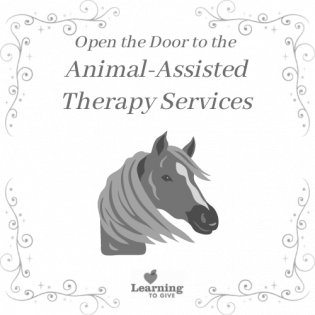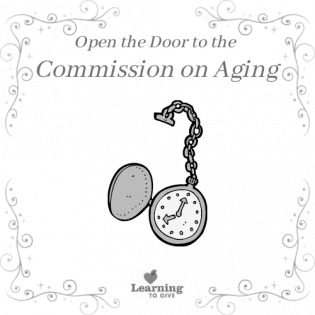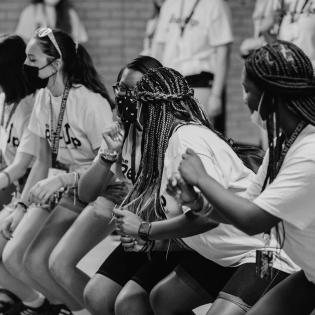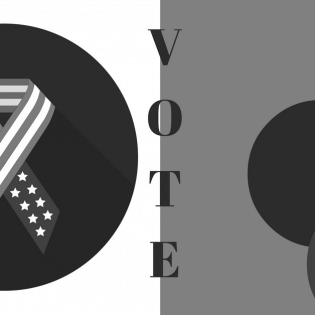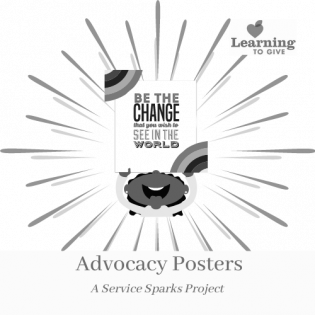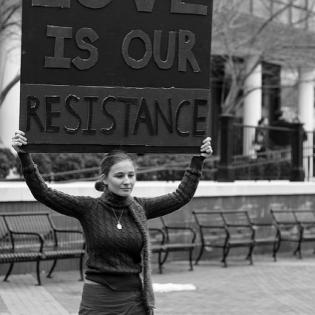Eating well, being active, and meeting people are all part of having a healthy lifestyle and a healthy community. When diverse people come together to have active fun, they build relationships and good habits for a lifetime. Nonprofits that encourage this positive movement care about making the community stronger through biking, running, playing games, or hiking trails. What organizations in your community bring people together around outdoor activities?
Filter by subjects:
Filter by grades:
Filter by audience:
Filter by issue area:
Filter by content type:
Filter by resource type:
resource search
People with anxiety, mental illness, or physical or neurological disabilities can spend time with animals giving and receiving love and care. Sometimes therapy dogs are simply present for petting. Riding a horse can help people build muscle and balance. Learn about this organization and how you can help.
Open the door to a local nonprofit that connects people over 60 to people and services to live a healthy, independent life. The Commission on Aging is a resource that promotes intergenerational relationships and support for people who need meals brought to their homes or opportunities for fun and gathering. Learn about this organization and how you can help.
Choose activities from nine categories to add fun and learning to your youth group! Learning to Give, in partnership with the Council of Michigan Foundations, developed this set of activities to support youth philanthropy knowledge, skills, and action. These videos, activities, ideas, toolkits, and discussion starters support a year of youth group philanthropy engagement.
Youth Group Facilitator Guide
This lesson focuses on eight levels of tzedakah (charity) that were identified by a great Jewish thinker known as Rabbi Moses Maimonides. Students will investigate various ways to give charity and gain an appreciation of how people give of their time, talent or treasure. They will...
One of the fundamental purposes for education is to prepare youth for responsible citizenship. This includes caring for others and the common good, understanding how government and voting work, following current events, listening to diverse points of view and having civil conversations, and advocating for a cause. This toolkit includes background information and project ideas related to civic participation.
Ignite meaningful action that lights up the world through "Service Sparks" youth projects! Listen carefully to the community or personal needs expressed by others. Focus on an issue you care about and make a poster to simply communicate a message you want others to hear. Images and words together can inform and persuade to make change.
This lesson will familiarize students with the Biblical passages that describe the creation of the world. Learners will develop an appreciation for the uniqueness of each species and will inform their school community about the importance of protecting endangered species.
While no two persons are the same, this can unite us rather than divide us. As citizens of a fair and just society, we have the ability to take big and small actions to help us create a more equitable world. This toolkit links to background information, activities and resources, and project ideas related to equity and advocacy.
